Some predictions suggest that the Multi-Cloud market will be worth $19.9 billion by 2031. If you think that Cloud emerged due to the needs of the IT industry, then you’re mistaken, because Cloud evolved from business needs, i.e., the economy, and IT had enough capacity to respond to such challenges and needs, and the adoption of Multi-Cloud strategy simply happened spontaneously, as a result of initial business experiences with Hybrid Cloud.
According to research and forecasts by Albert Pang, Misho Markovski, and Marija Markovski, as early as 2020, the size of the Cloud application market was expected to reach $168.6 billion by 2025, compared to $133.6 billion in 2020, with an annual growth rate of 4.8%.
The forecasts have been confirmed because today we are witnessing a rapid growth in the cloud computing industry and companies opting not only for Hybrid Cloud but also for Multi-Cloud, with an estimation in 2023 that over 90% of organizations would be using Multi-Cloud services.
Is this actually the case, and why is the market situation like this, and why are companies increasingly turning to Multi-Cloud services?
In our previous blog, Top 5 Shocking Cloud Computing Trends in 2024 (link), we explained the trends that are predicted to characterize the IT industry in 2024. Analyzing the trends, we explained what Multi-Cloud is and how it differs from Hybrid Cloud and other services in the IT industry.
Let’s remind ourselves!
What is multi-cloud infrastructure?
According to Google, “Multicloud is when an organization uses cloud computing services from at least two cloud providers to run its applications. Instead of using a single cloud set, multicloud environments typically involve a combination of two or more public clouds, two or more private clouds, or some combination of both. With the freedom to create a strategy that uses multiple providers, you can choose options that best suit your specific business needs and minimize vendor lock-in.”

Hybrid Cloud is private, Multi-cloud involves public services. A versatile approach to cloud solutions, combining private and public elements as needed. In a multi-cloud environment, an enterprise uses multiple public cloud services, usually from different cloud service providers.
According to the Exploding Topics website, 89% of companies use a Multi-Cloud approach because this approach seeks to maximize business efficiency. Just like in everything else, in business too, it’s sometimes not the best choice to rely solely on one source or service.
Take, for example, our ordinary laptop through which we perform daily activities and business. We’ve stored all our data, important documents, and maybe even favorite photos on it, why not?
Let’s store our favorite photos from our trip to Barcelona, where we also visited the Salvador Dali museum. We met wonderful people and captured memorable moments.
But it turned out to be one not-so-great day because our laptop literally crashed.
This isn’t a story about a trip to Barcelona but about storing data on just one computer or laptop or even a sell phone.
Imagine if you had stored photos and all other data in some Cloud space? That would have been ideal at that moment. Wouldn’t it?
But what if the services of that Cloud also failed at that moment?
No one would be comfortable.
Now, through this simple example, you can conclude why companies are orienting their strategies towards data storage in the Multi-Cloud.
Instead of relying on one service provider, they are redirecting to two or more.
Flexibility in choosing Cloud service providers isn’t the only reason for choosing a Multi-Cloud business strategy; the reason could be the growing technological space, better performance, or cost savings.
If we ask you when was the last time you watched a good movie? And where did you watch it? Wasn’t it maybe Netflix?
It’s perfectly fine if it’s another platform, because we mentioned Netflix to explain how it uses MultiCloud to deliver video streaming services to millions of users worldwide, while you enjoy the best combination, access, and economy of good entertainment.

Beyond Netflix, Multi-Cloud users include BMW, Walmart, and BP, showcasing diverse industries leveraging the flexibility and benefits of Multi-Cloud..
Financial services, the public sector, the healthcare sector, also increasingly choose Multi-Cloud.
According to Forbes, organizations that make changes in their business operations and migrate to Multi-Cloud create favorable competitive conditions, but also:
- Consistent experience for data teams with the ability to access and query data across multiple clouds via a single user interface
- Reducing the need for data engineering before data analysis
- Reducing operating costs and risks by implementing an application that runs on multiple clouds using the same consistent security controls
- Faster access to insights by reducing data processing and analysis time
- Consistent and predictable budget planning across multiple cloud footprints
- Enables long-term agility and maximizes the benefits of each cloud investment
We mentioned the benefits of using Multi-Cloud, and now we will explain them in more detail:
- Cost savings
Business environments can choose the most cost-effective solutions for their IT infrastructure by using multiple cloud service providers, allowing full exploitation of flexible pricing models and avoiding being tied to a single provider, reducing costs for exiting the service. - Security and infrastructure diversification
Distributing data, applications, and workloads across multiple clouds provides business environments with diversification and better protection against unexpected events or disasters, eliminating the risk of a single point of failure. Using different cloud services from different providers further reduces the risk. - Avoiding vendor lock-in
Establishing multiple cloud access allows business environments greater flexibility and control,
avoiding limitations associated with a single service provider. By using multiple cloud providers,
business environments can tailor solutions to their needs. - Compliance with regulations
Using multiple cloud access allows companies to meet regulatory requirements by distributing
workloads and data across different cloud service providers with appropriate certifications. - Scaling up
By using multiple cloud service providers, business environments can horizontally scale their IT
infrastructure by adding resources as needed. - Adopting the best choice of technology
By using multiple cloud access, business environments remain competitive and up-to-date with the latest innovations.
Quote to highlight: The increase in costs is proportional to the increase and
complexity of data.
The landscape of technology has evolved significantly, with innovations appearing in the blink of an eye. Amidst this rapid change, analysis becomes crucial, poised for a surge in use. With advanced tools like CHATGPT, boasting 180.5 million monthly users, the synergy of artificial intelligence and cloud computing holds immense potential for business improvement.
Learn more about Multi Cloud on this link:


